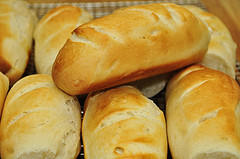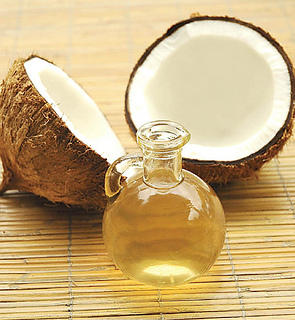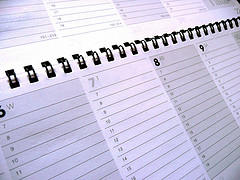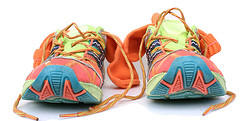While you might suspect that packaged foods like sodas and candies contain high fructose corn syrup, this processed ingredient actually lurks in many places that you wouldn’t expect. Here are a few surprising sources of high fructose corn syrup that you should avoid if you’re trying to eat healthfully.
- Yogurt. While most people consider yogurt a healthy food, when it’s packed with sticky sweet high fructose corn syrup, it’s a whole different story. Many flavored yogurts in the grocery store contain the sweetener to give them their fruity flavors, and even a large number of low-fat and fat-free yogurts are filled with it.
- Salad dressings. No matter how healthy you think your salad dressing may be, its positive traits don’t matter if it’s filled with high fructose corn syrup. If possible, making your own salad dressing is a surefire way to know exactly which ingredients are used.
- Breads. Even if you avoid all of the sweet, dessert-style baked goods at the grocery store, high fructose corn syrup may be sneaking into your diet through your plain old bread. Even breads made with wheat and whole grain often contain the syrup, so be sure to check the ingredient list before you make your purchase.
Corn Syrup in Unexpected Foods [HuffPost Healthy Living]
Surprising Products that Contain High Fructose Corn Syrup [Divine Caroline]
(Not So) Sweet: Surprising Foods Containing High Fructose Corn Syrup [Babble]
6 Popular Foods with High Fructose Corn Syrup [FitDay]




 Equal Housing Opportunity
Equal Housing Opportunity